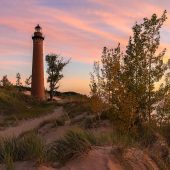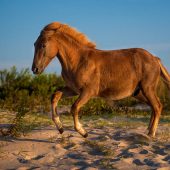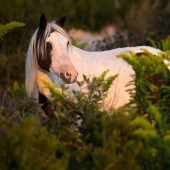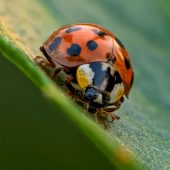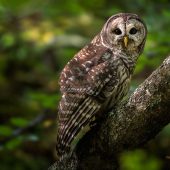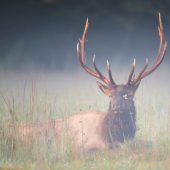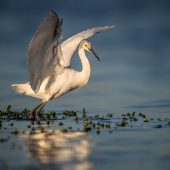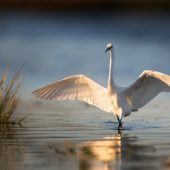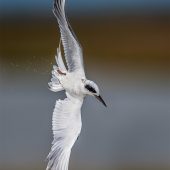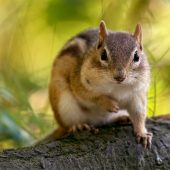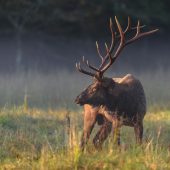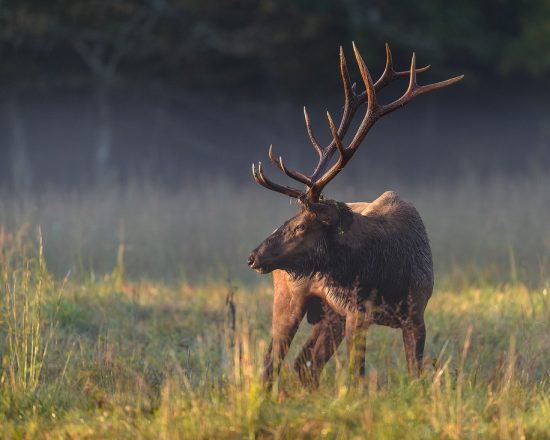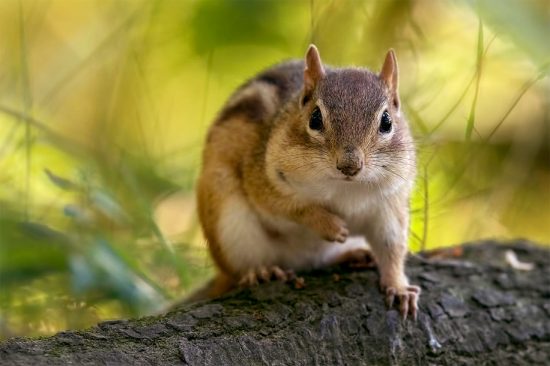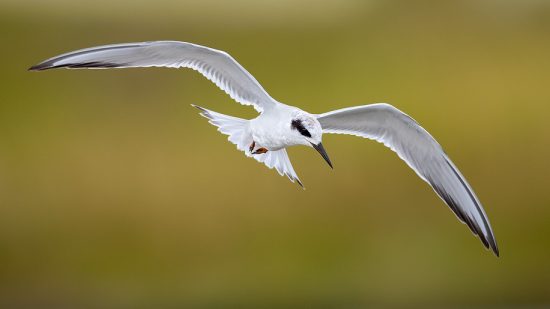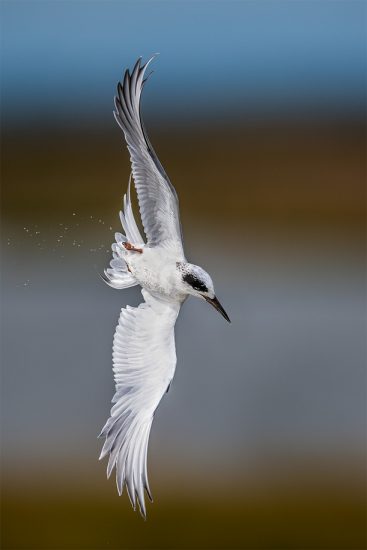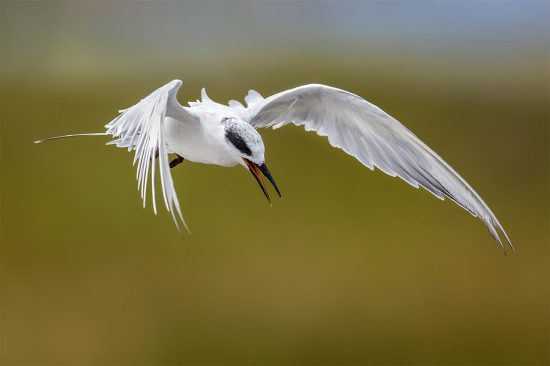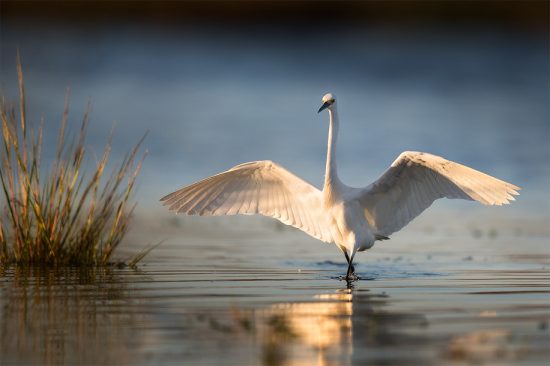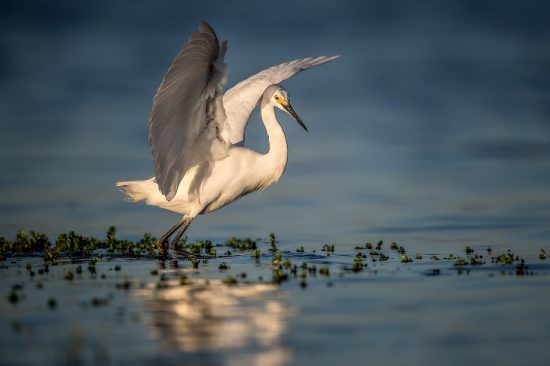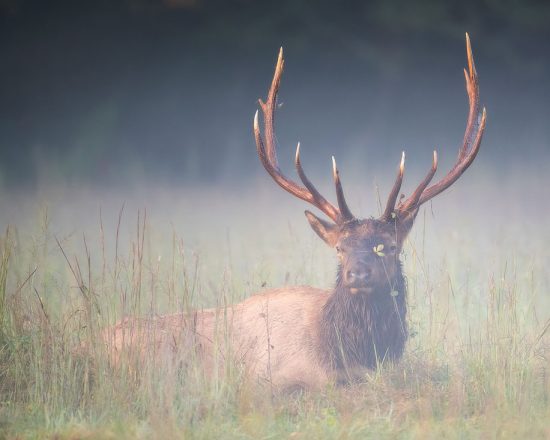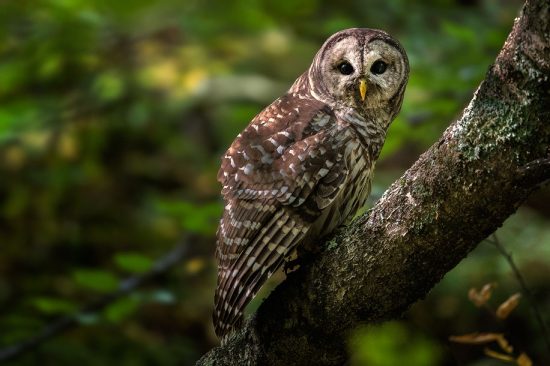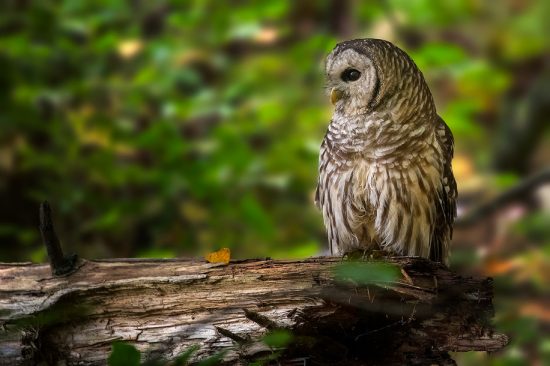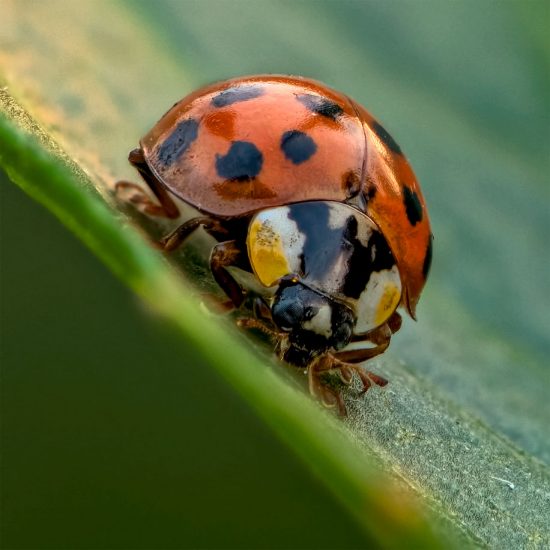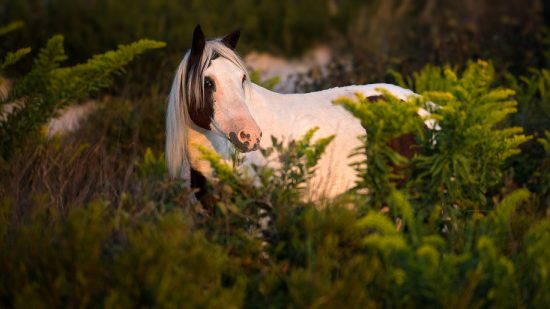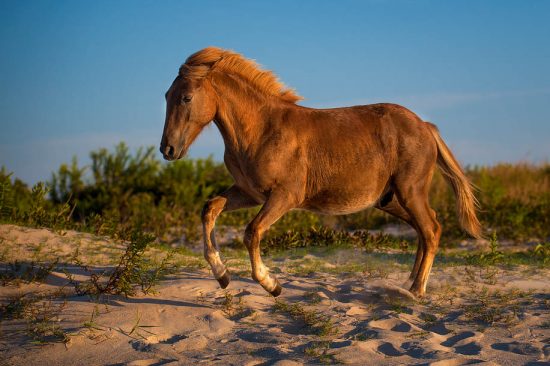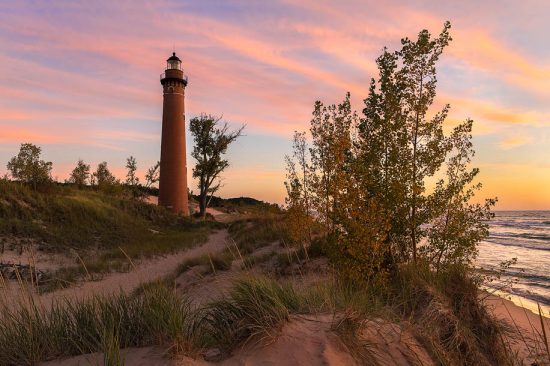This Nikon D850 review is written by Steve Perry (website | YouTube | Facebook, you can check also his previous NR posts here):
A Nikon D850 Review For Wildlife And Nature Photographers
As a professional nature photographer, I’ve frequently entertained thoughts about what the “ideal” camera might look like for my work.
Right off the bat, I’d want a camera with abundant resolution for both printing and, when necessary, cropping. Of course, a fast frame rate is a must for action, as is a buffer that can manage that flood of fast-paced imagery. Decent mid-to-high ISO performance is also mandatory for low light scenarios (so I can keep shooting when the magic happens). Naturally, we should round this out with a fast autofocus system featuring sniper-like accuracy for capturing those fleeting, elusive moments.
This hypothetical camera has been a little fantasy of mine for the last decade or so, and honestly, I thought the only place I’d ever see it was in my daydreams.
Then, the D850 burst onto the scene like some kind of photographic rock star, and you know, it’s pretty darn close to that fantasy camera.
As it turns out, the D850 really checks all the boxes for 80% or more of my work. In fact, if I were stranded on a desert island and could only bring one camera body, it would be the D850 without question. With that single camera, I can capture wildlife, action, landscapes, macros, and just about anything else that I encounter while I comb the island searching for coconuts.
Of course, I don’t offer this opinion lightly. I’ve had my D850 for over two months now and have been using it in a wide variety of scenarios. My travels have taken me through eleven states, and two countries (just US & Canada, but still) encompassing a large variety of different environments and circumstances. I’ve filled my cards to overflowing with wildlife, action, landscape, and macro shots.
I’ve also thoroughly tested all of the new features and even stumbled upon some handy tips and tricks for using them (included in the video). In all, I’ve shot over 16,000 frames since the UPS man delivered that little brown box and I’ve distilled everything I’ve learned from those experiences into the video review you see here.
Yes, it’s a long video, but I promise I’ve packed every moment with info. We’ll cover controls, ergonomics, autofocus, the new live view features (like pinpoint AF and focus peaking), we’ll look at frame rates, buffer, sensor performance, ISO, and more. Plus, I’ll not only tell you about all of the cool new features, but I’ll show you how to use them as well.
Below you’ll find a few of the images I’ve captured with the D850, along with some information explaining how I leveraged the strengths of the camera to get the shot. You should probably watch the video first though. 🙂
Foggy Morning Elk (D850, Nikon 600mm F4, 1/1000, F4, ISO 1600)
This is one of my favorite shots from my D850. The fog was lifting, and this massive bull decided to strike a wonderfully epic pose in the morning light (only three frames worth too). The D850 captured it perfectly, and the file was superb. Very little post-processing was needed to coax the RAW file back to the way I remembered – and I’m finding this is true with most of the D850 files I’ve captured.
Chipmunk (Nikon D850, Nikon 600 F4, 1/800th, F4, ISO 6400)
I know what you’re thinking – what kind of idiot goes out with $15,000 worth of gear to photograph chipmunks? The kind of idiot who just got his new D850 and was desperate to find ANY subject to photograph – that’s what kind!
While I think it’s a nice photo of a chipmunk, the real reason it’s here is because of the story behind it. This was captured at ISO 6400 and underexposed by about a stop (don’t ask, remember I’m the guy using a 600 F4 and D850 for chipmunk photos).
When I reviewed the images back home on the computer, they just looked like sad, little underexposed triangles without much color. I was going to introduce them to my delete key but instead decided maybe it would be interesting to play with one first.
So, I pulled up the exposure by a stop, added some vibrance, and did a hefty crop (the little guy was at my 600mm’s minimum focus distance, and he made no effort to fill the frame). It was looking pretty good, but noisier than a kindergarten class during a Halloween party. So, I decided to see what Topaz Denoise could do with the file, and I have to say, I was impressed – it took to noise reduction like a geek takes to a Star Wars movie (I’m a geek so I can say stuff like that).
So, even if you blow it, don’t necessarily toss the files – they can surprise you sometimes!
Tern In Flight (Nikon D850, Nikon 600 F4, 1/3200th, F4.5, ISO 450)
There has been a lot of controversy about the D850’s AF system and if it can measure up to the the D5. In fact, I’ve had quite a few e-mails from people who were going to skip the camera due to these perceived deficiencies.
Diving Tern (Nikon D850, Nikon 600 F4, 1/3200th, F4.5, ISO 200)
Well, as the owner of a D5, D500, and D850, I have to say, I am really not seeing too much AF disparity between the cameras at this point. As I mention in the video, I think there are times the D5 seems to lock on a tiny bit better, but for the most part, I’m hard-pressed to tell the difference between the two so far.
Angry Tern (Nikon D850, Nikon 600 F4, 1/3200th, F4.5, ISO 200)
These terns were all over the place (check out 13:50 in the video) and the way they fluttered around in the wind is the very definition of the word “erratic.” Still, I easily stuffed my XQD card with more tack sharp tern-in-flight images than anyone really needs.
Snowy Egret Dancing (Nikon D850, Nikon 600 F4, 1/4000th, F4, ISO 500)
We were in Chincoteague NWR for part of our testing and came upon a small pond where various birds would gather every morning. This snowy egret, in particular, was there each day to greet us (always just the one, but he almost seemed to enjoy my efforts to capture his antics).
He must have been raised by reddish egrets because he hunted like one – darting and dancing around like a crazy bird trying to startle a fish into joining him for breakfast.
Snowy Egret Fishing (Nikon D850, Nikon 600 F4, 1/4000th, F4, ISO 200 – I had it wrong in the video)
This is a scenario I’ve frequently shot with my D5 and tracking these guys at close range with a 600mm can be brutal for both the photographer and the AF system. However, the D850 seemed to perform every bit as well as both my D5 and D500 and I have plenty of keepers featuring my nutty little friend as a result.
Elk In The Fog (Nikon D850, Nikon 600 F4, 1/640, F4, ISO 1800)
This is the same elk as before, only this was a bit before he’d had his morning latte. For this photo, I dropped the tripod low and decided to use the tilt screen and Live View to get the shot. However, when I placed the normal-sized focus point on his eye, I found it covered too much of his face – I wanted to make sure the eye was the absolute point of sharpness. I remembered the new Pinpoint AF mode and was delighted to discover it was just the right size for the eyeball of an elk!
Barred Owl On A Branch (Nikon D850, Nikon 300 PF, 1/500th, F4, ISO 2500)
We found this cooperative barred owl (see 15:48 in the video) on a hike down to a waterfall in Shenandoah National Park. He was hunting crawfish in the creek at mid-morning, unusual on both counts, but I wasn’t about to let odd behavior stand in my way (my wife didn’t 25 years ago). Besides, he seemed remarkably friendly for an owl.
Things were happening fast and getting a tripod into position carried a hefty risk of missing the shot, so I hand-held the 300PF at 1/500th sec and fired away. Despite the high resolution, the majority of these hand-held shots were absolutely tack sharp when viewed at 100% magnification. The dynamic range of the D850 was enough to keep the bright, mid-morning light from spoiling the image (and in fact, I think that light made the shot).
Barred Owl On A Log (Nikon D850, Nikon 300 PF, 1/500th, F4, ISO 4500)
After this photo, he tried for and missed a crayfish in spectacular fashion (it was funny for those of us in the peanut gallery). He decided to hang out on a log while he shook off the embarrassment of that little blunder, so after a couple of quick hand-held captures, I decided to take another approach. I grabbed my tripod, tilted my screen, and turned on Focus Peaking. In a moment, I had smeared red highlight all over / around the eye. From there, I knocked off a quick series of shots, all nice and sharp.
Ladybug (10 image stack – Nikon D850, Nikon 105 Micro, 1/200th, F11, ISO 400)
This was the result of one of my first attempts at focus stacking (Focus Shift Shooting as Nikon likes to call it). This is a ten image stack using the method and settings described in the video. What I really like about automated focus stacking is how fast it happens.
This little guy wasn’t running a marathon or anything, but he was starting, stopping, and then starting again. Had I tried this manually, there’s no doubt in my mind that he would have moved half-way into the stack and I would have been tempted to squish him into submission (kidding). With the automated focus stacking feature, I was able to pull it off easily (using F/11 to minimize the number of shots I needed before he moved).
White Horse At Sunset (Nikon D850, Nikon 70-200 F4, 1/2500th, F4, ISO 1250)
I photographed these two wild horses at Assateague NWR just before sunset.
The first image is in here just because I like the shot. However, the second picture of the foal running is a different story. That image is a good reminder of why I need to keep more shutter speed at my disposal when photographing action!
Running Foal (Nikon D850, Nikon 70-200 F4, 1/1600, F4.5, ISO 280)
It started off with this little foal just strolling through the dunes, grazing on the buffet of grasses as he did so. I had the camera set to 1/1600th – a very generous shutter speed for what was happening. However, I didn’t expect him to break into a run!
As it turns out, another notch or two of shutter speed would have been helpful, even tough 1/1600th seems like enough for that scenario. As I mentioned in the video, you may need more shutter speed than you think for your action subjects, especially if you’re coming from a lower resolution FX body. (D500, D7xxx, and D800/D810 users are probably fine since you’re already accustomed to higher pixel densities.)
In the end, I did manage a few sharp images, but the truth is I have quite a few great poses that just aren’t as tack sharp as I like and that clearly display motion blur. And the sad thing was, I had plenty of light for a faster shutter speed, I just didn’t anticipate properly.
Little Sable Lighthouse (Nikon D850, Nikon 24-70E, 1/50th, F9, ISO 800)
Of course, the D850 can do more than wildlife, it’s also an exceptional landscape camera. One feature that I really enjoy for landscapes is Focus Peaking since it gives me a nice visual of where critical focus is in the frame.
In this case, I wanted my focus point on the nearest yellow tree on the right. I knew that F/9 this would carry both the foreground and the lighthouse. However, I wasn’t entirely confident that Live View could get a good lock with the leaves blowing around in the stiff lake breeze.
Switching to focus peaking made it easier for me to verify I did indeed have the focus plane where I wanted it. Using Silent Shutter and Exposure Delay Mode, I finished off the shot.
(Had it not been so windy, I probably would have also used Focus Stacking at a lower F/Stop. However, with that much movement, there’s not a program on the planet that could stack the resulting mess.)
Finally, if you enjoyed this review, please check out my e-books, Secrets To The Nikon Autofocus System and Secrets To Stunning Wildlife Photography. Tens of thousands of photographers are already using the tips, tricks, and techniques to put more keepers on their cards. Oh, and there are still a few spots open for my Costa Rica workshop next year too.
